There are various craters that have been discovered around the United States, thanks to giant asteroids and meteors from outer space crashing into Earth millions of years ago.
These craters can come in all shapes and sizes. Often, average Americans don’t even realize some of these enormous craters even exist — and can be found in their local areas. In fact, the largest crater ever discovered in the U.S. is about three times larger than the Grand Canyon.
What Are Impact Craters?
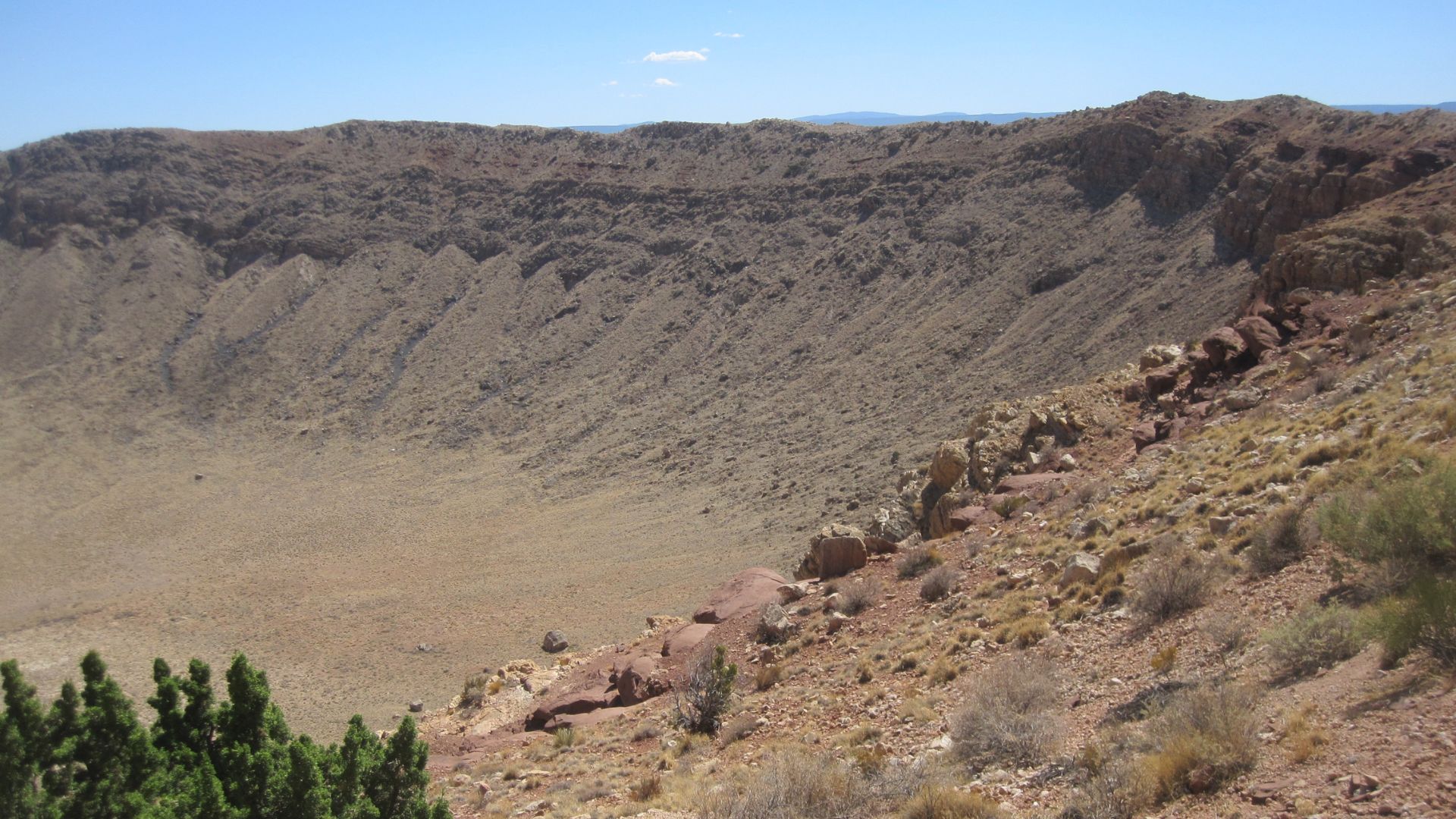
Impact craters occur on the Earth’s surface after large space rocks, such as meteors or asteroids, hit the planet forcefully, leaving behind a changed landscape.
These so-called impact events occur over millions of years. As there can be different types of sizes of these space rocks, the types of craters they leave behind can vary.
Discovering Craters
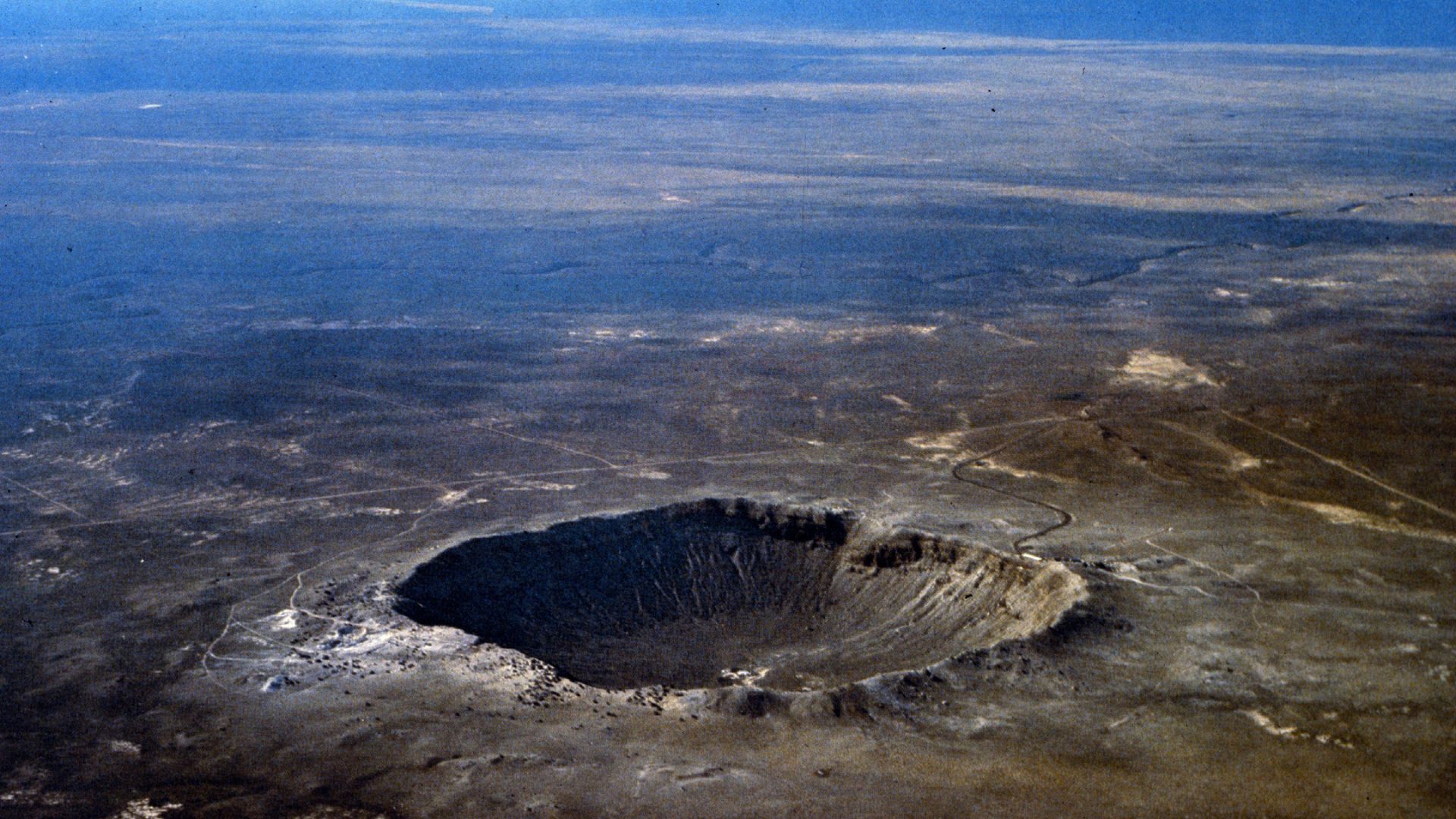
While you may think that it’s easy to spot a crater — after all, they can often appear to be giant holes in the ground — scientists have long explained that discovering craters can be quite difficult.
Scientists conduct many tests to fully understand if an impression on the Earth is from a meteor or asteroid — or if it’s from something else.
Testing Impact Crater Sites
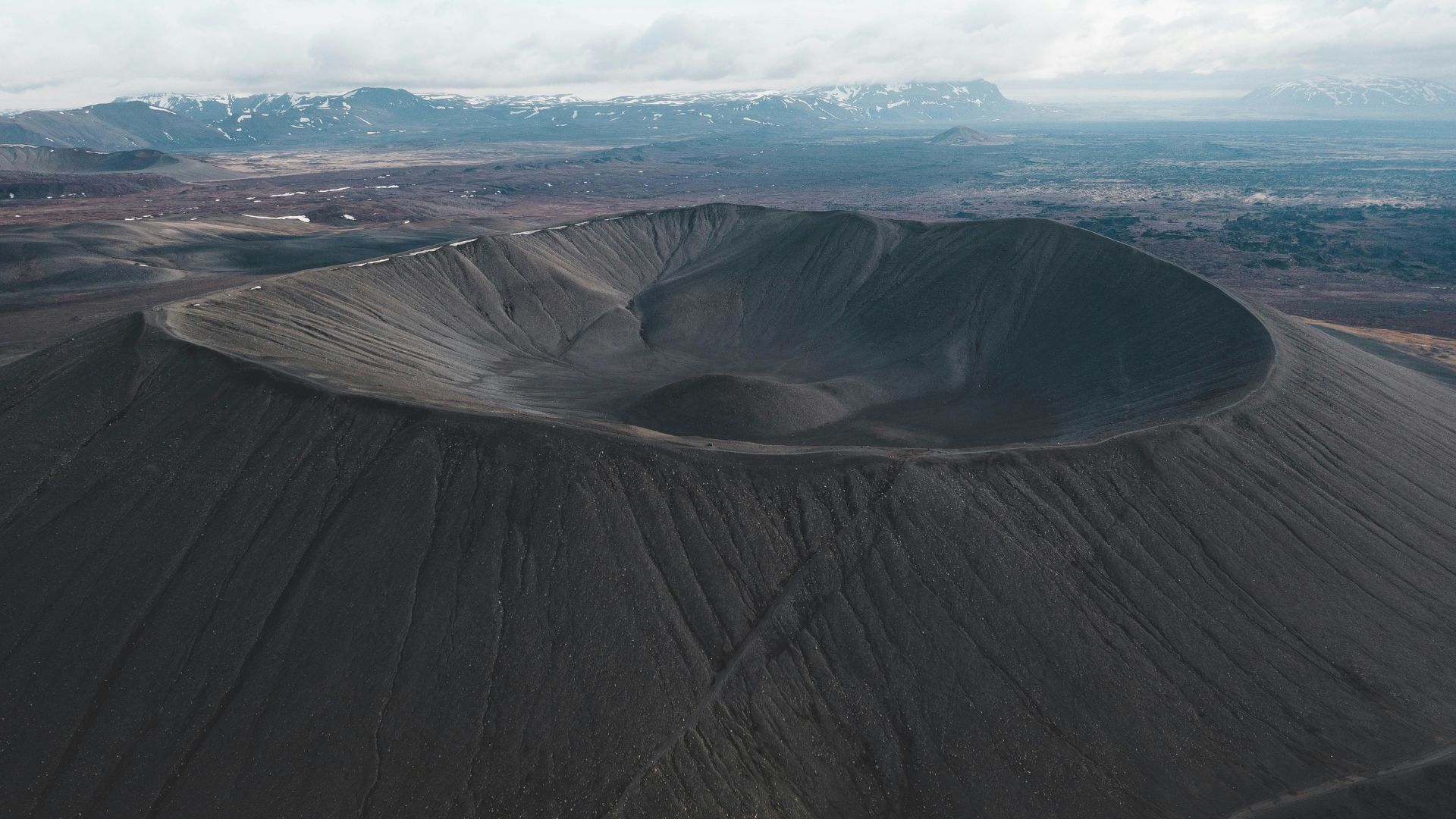
For example, craters can be left behind on the surface of the Earth thanks to volcanic activities or similar explosions. Therefore, not all craters on the planet have occurred because of space rock.
To accurately decide what formed these craters, scientists conduct testing at impact crater sites to see if they can find rock samples to study. They also look at circular depression images to further uncover information about these sites.
Uncovering Hidden Impact Craters
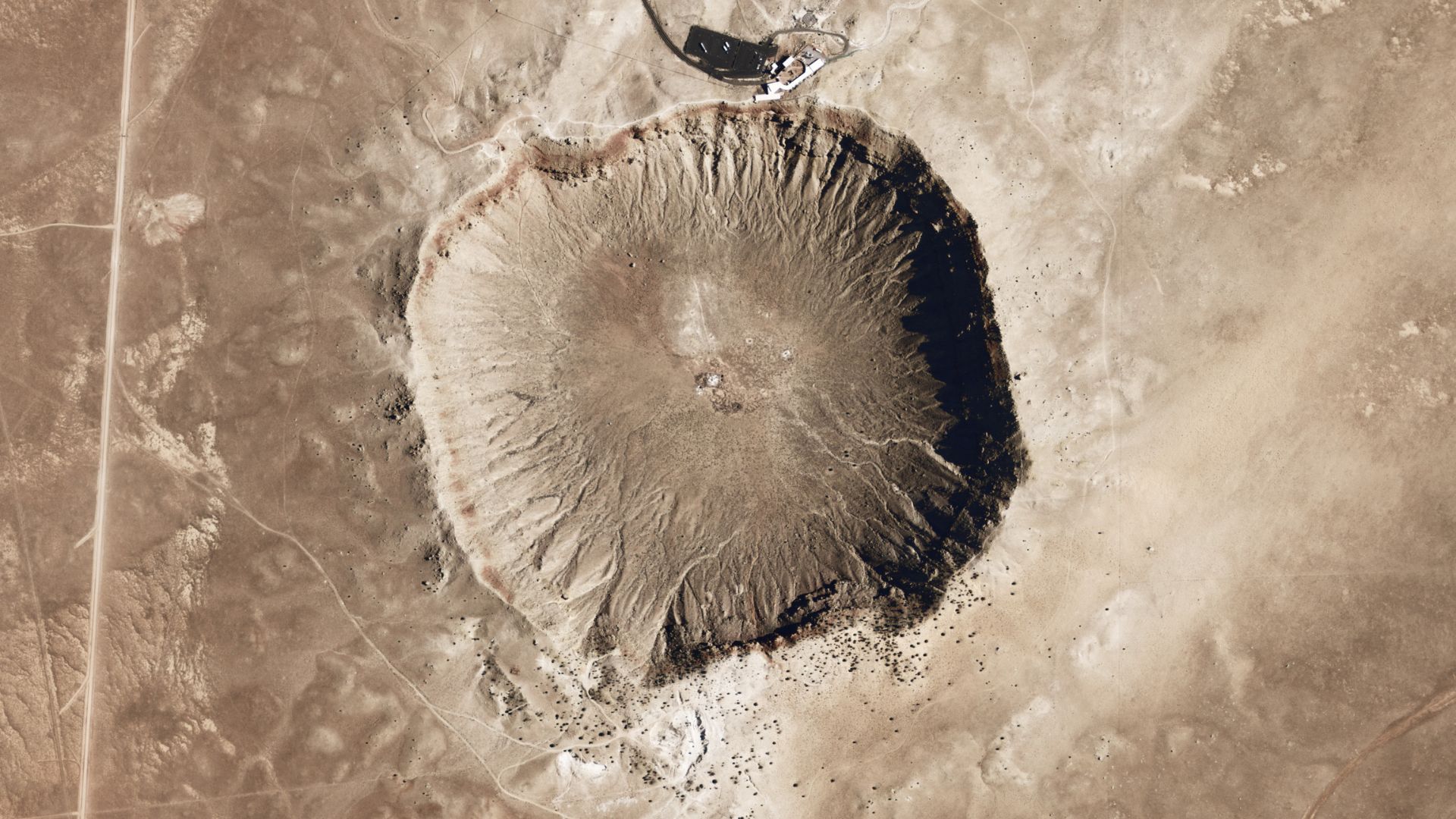
There are many crater sites around the world that likely haven’t been discovered yet, as weathering and erosion can keep these sites from view.
In some cases, scientists have even stumbled upon impact craters without even realizing it, only learning the truth after some studies have been conducted on the region.
Understanding the Planet’s Age

There are a variety of reasons why studying impact crater sites is so important. Scientists explain that these craters can help us better understand how old a planet is.
For example, Earth is a relatively newer planet than the Moon and Mercury, which have many noticeable craters. The Moon even has about 9,137 craters on its surface that scientists have recognized. More could be found in the future.
Craters in the U.S.
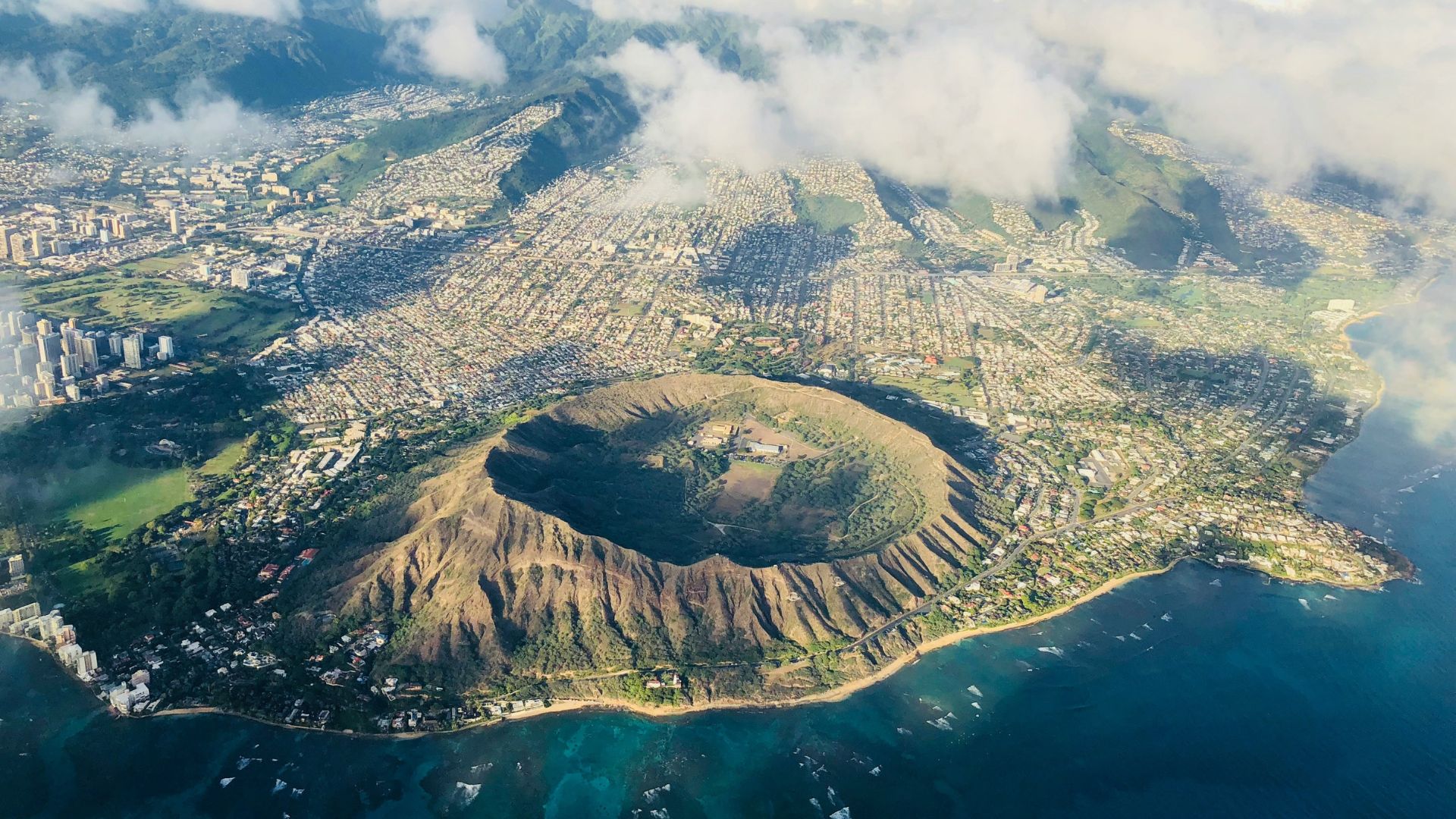
Meanwhile, in the United States, at least 28 different impact crater sites have been found and uncovered by scientists.
These crater sites vary greatly in size and range. Diameters can be as small as 0.1 kilometers to as large as 90 kilometers.
The Largest Crater Sites in the U.S.
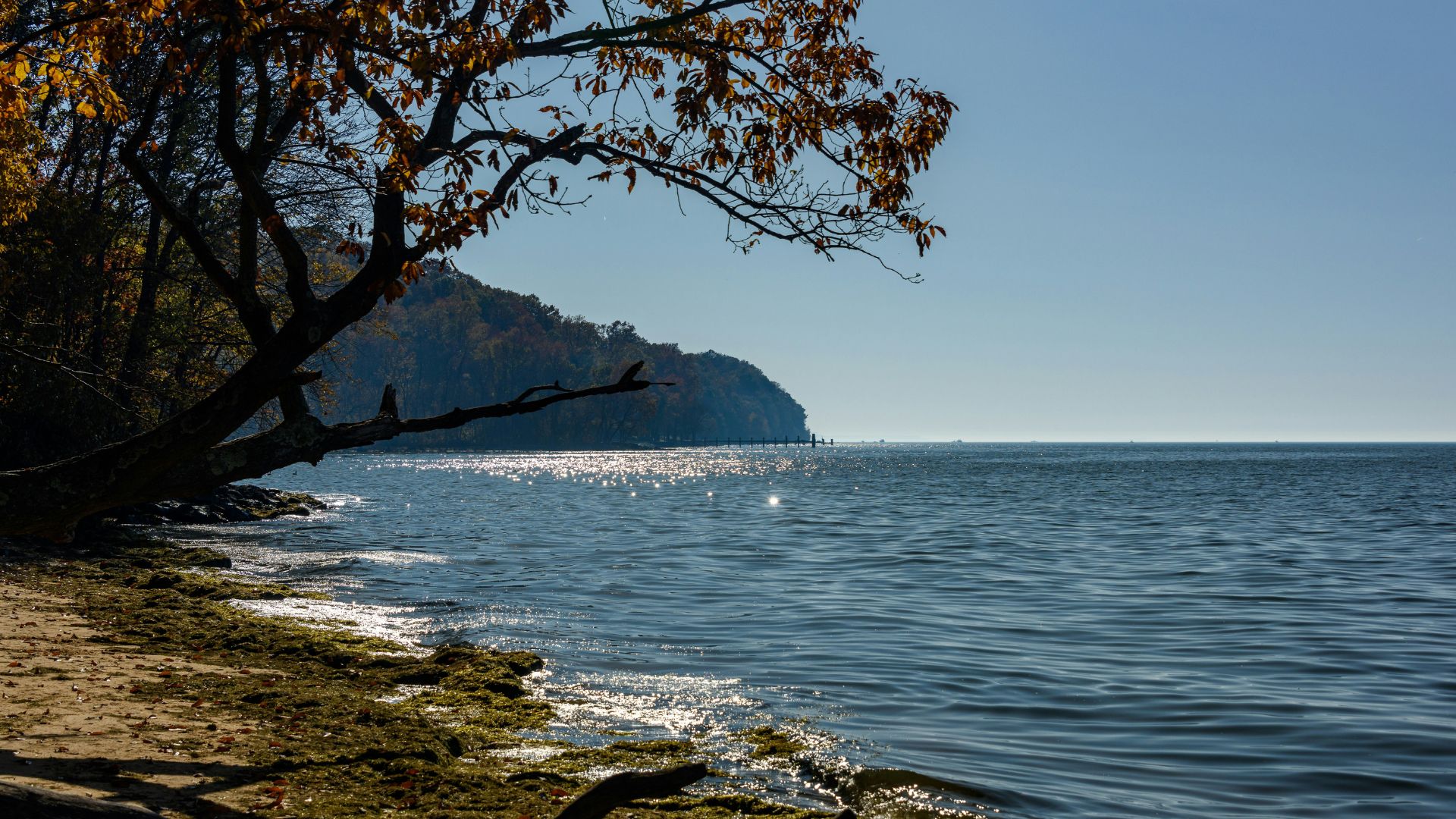
The largest crater site in the country can be found in none other than the Chesapeake Bay. The Chesapeake Bay Crater was first discovered in the 1990s by C. Wylie Poag, quite by accident.
Poag was in the region for an offshore drilling project when this stunning discovery was made. The crater site was hidden beneath the Chesapeake Bay’s floor for centuries before Poag finally realized the truth of the Bay.
Larger Than the Grand Canyon
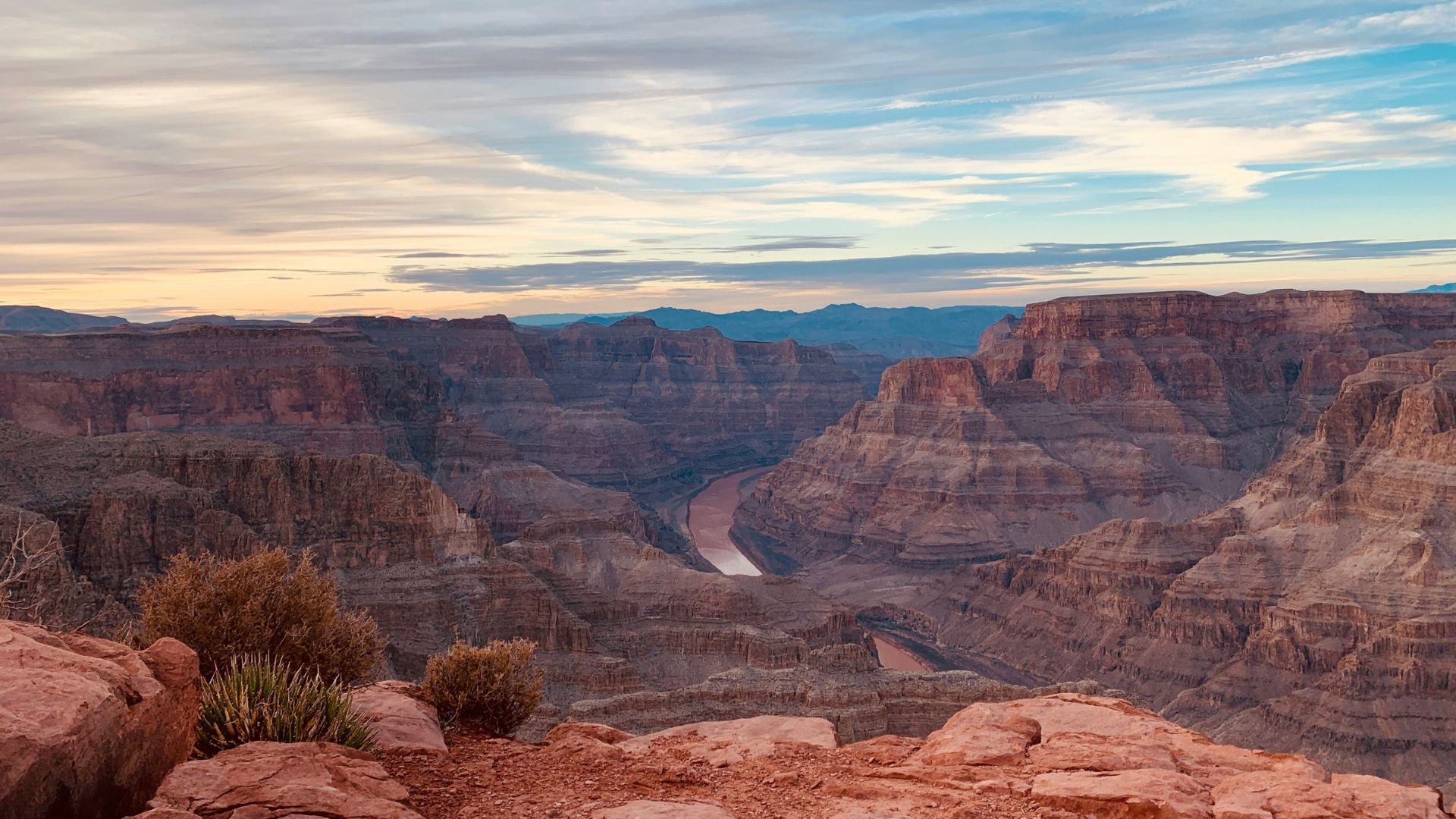
Scientists have deemed the Chesapeake Bay Crater to be the most significant impact crater throughout the entire United States, as it’s enormous.
This crater site has a diameter of 53 miles. This makes it larger than the Grand Canyon, which has a widest point of about 18 miles.
How This Crater Site Formed
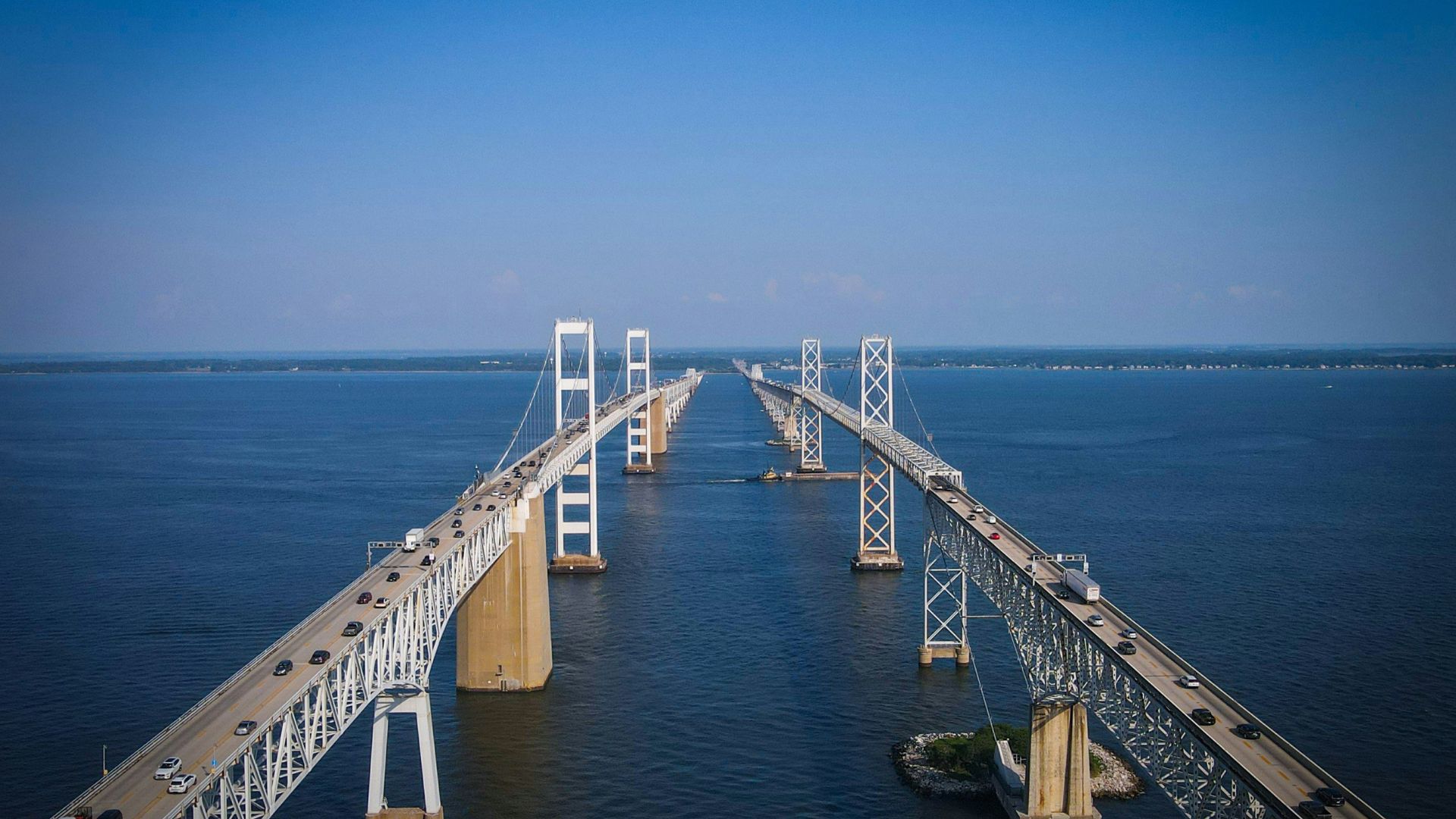
According to scientists, this crater likely formed about 35 million years ago when a bolide — a very large crater-forming body — crashed into what is now known as Virginia’s Hampton Beach.
This 3 km long bolide traveled at 144,000 miles per hour before colliding with the planet, leaving a 1.3 km deep impact crater behind.
A Changed Region

This collision left behind a completely different region, as scientists believe that the crater impact excavated coastal aquifers.
In our present day, a large reservoir filled with water 1.5 times saltier than seawater lies in the impact spot. Because this water is incredibly salty, it cannot be used for many purposes, such as for drinking water.
Changing the Rivers

This crater also changed how the rivers flow in the area. For example, rivers like the Rappahannock flow to the Atlantic in a southeast direction.
Researchers believe that, after this collision, the York and James rivers changed their flow to head northeast to the crater.
Other Impact Craters
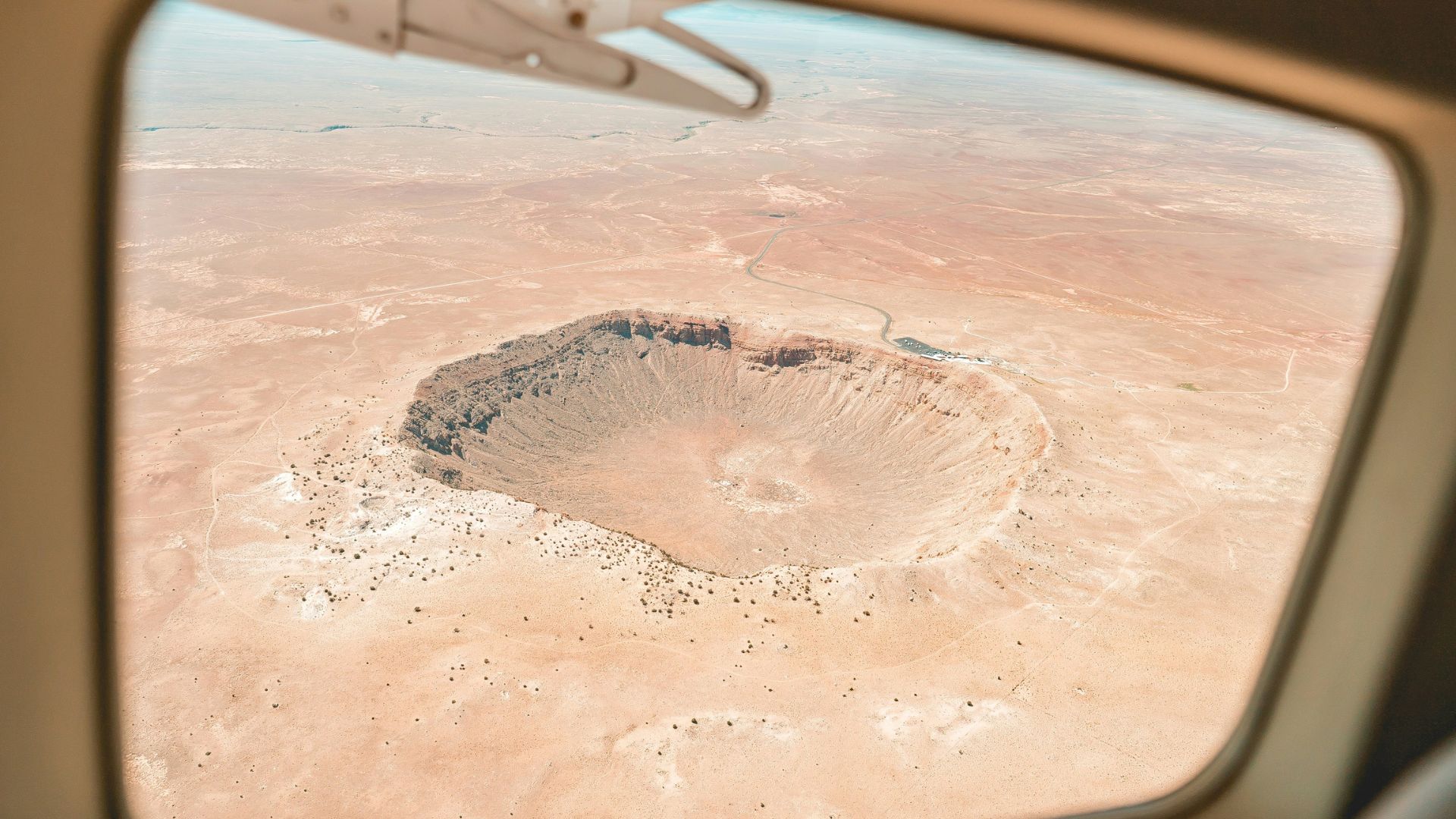
Many of the Earth’s largest impact craters have become popular tourist sites because they inspire wonder in the minds of visitors about the vastness of the universe.
According to the Planetary and Space Science Centre (PASSC), there is a total of 190 impact crater structures confirmed found on the Earth.
Barringer Crater
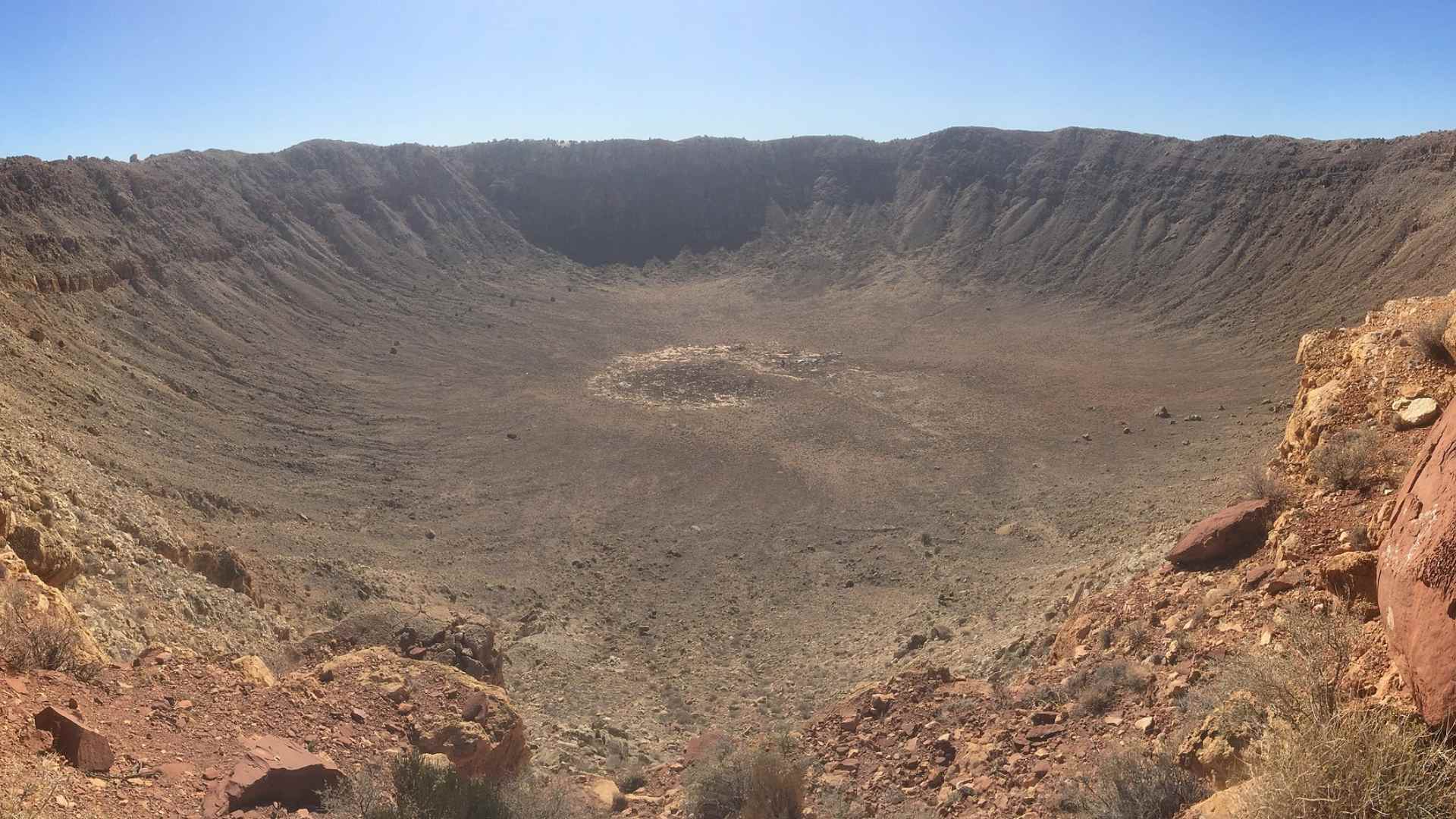
The Barringer Crater located in Northern Arizona was created 50,000 years ago when a large meteor estimated to be between 98 feet and 164 feet in diameter crashed into the Earth.
The meteor that created the Barringer Crater was estimated to weigh 300,000 tons and impacted the Earth with a force of two and a half million tons of TNT.
Wolfe Creek Crater
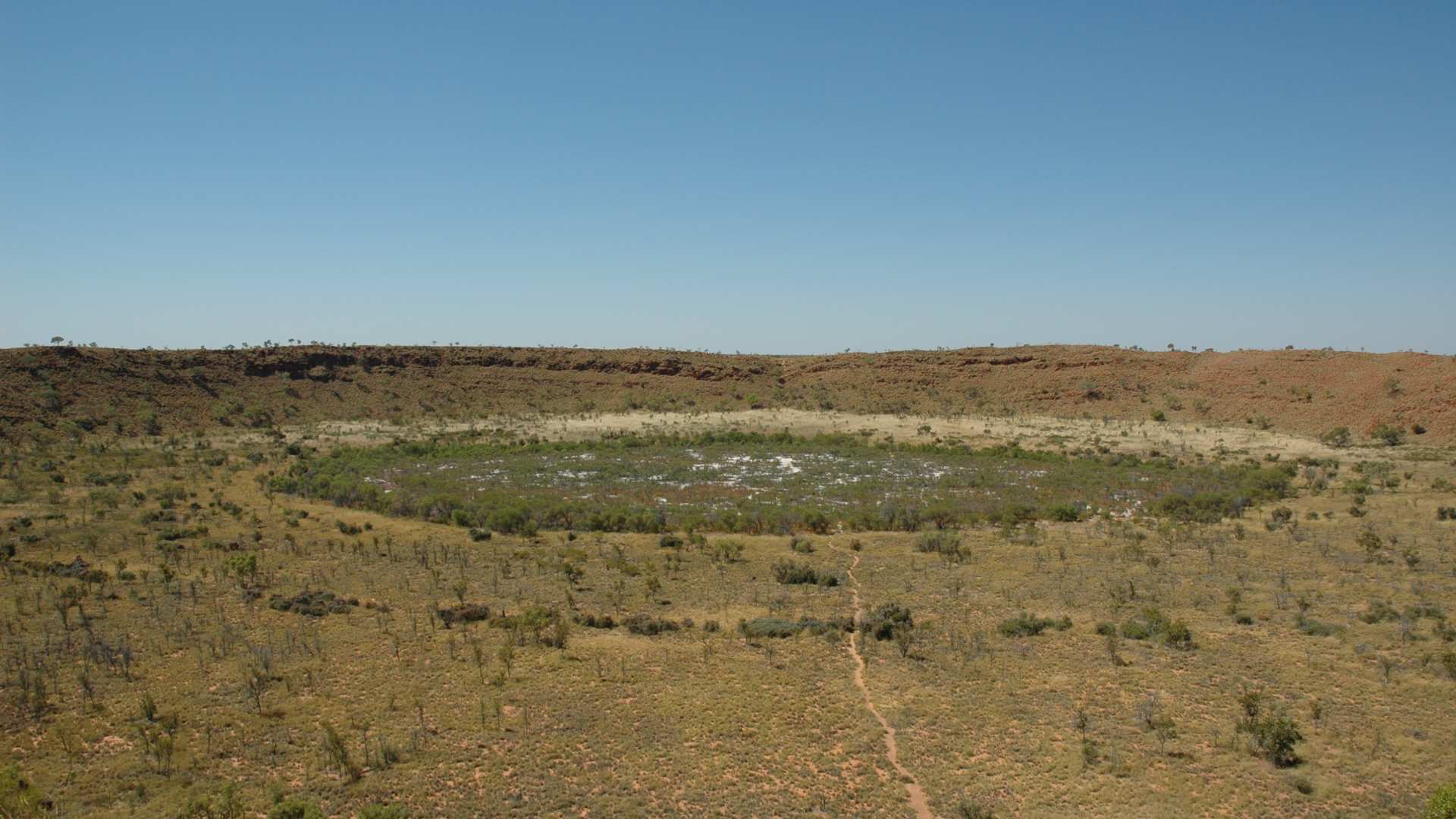
On the edge of the Great Sandy Desert in Western Australia sits the Wolfe Creek Crater, which has a national park named after it.
The Australian Parks and Wildlife Service estimates the crater was created 300,000 years ago. This crater has been the source of many stories and myths among indigenous communities.
Mythology of Craters
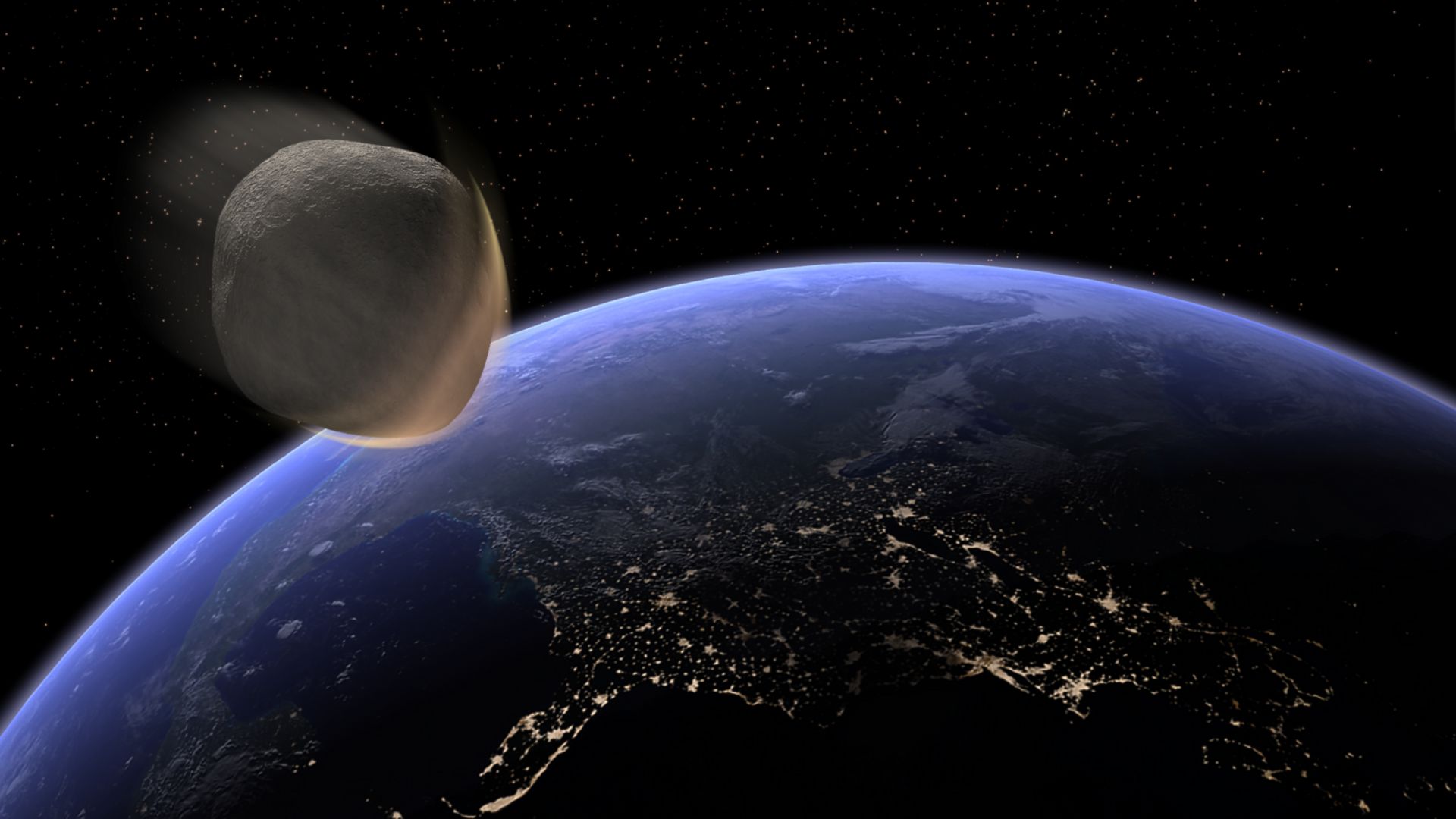
The strange and mystical shape of many impact craters inspired ancient human cultures to assign mythological significance to them.
For example, The Kaali crater in Estonia is thought by scholars to have been used for animal sacrifice in pre-Christian times.
Lonar Crater

In Southern India, an impact crater known as the Lonar Crater resides in the Decan Plateau, an area of basalt rock resulting from intense volcanic eruptions.
This crater is the only known impact crater to have formed in these conditions and was originally misclassified as a volcanic crater because of its appearance until further research was done.
What is a Volcanic Crater?
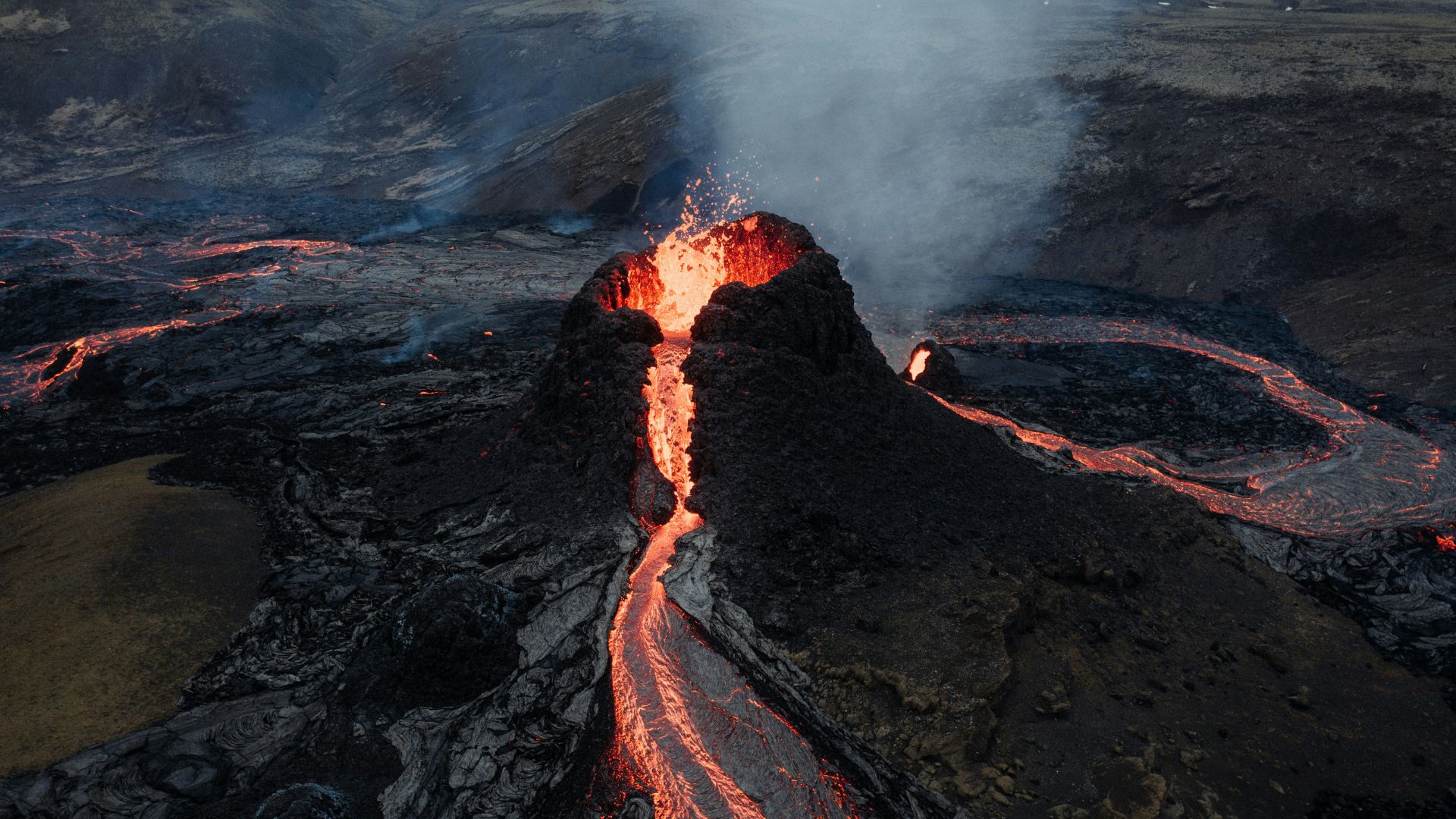
During volcanic eruptions, explosive bursts of magma blast the surrounding landscape to create a bowl or funnel-shaped crater.
Typically volcanic craters are differentiated from impact craters because impact craters raise the rims and floors around them while volcanic craters just depress the land.
Gosses Bluff

Some of the neatest looking craters in the entire world are found in the continent of Australia, which is fascinating in itself because of the smaller land area Australia has compared to other continents.
Gosses Bluff is one example of this, which scientists believe was formed around 142 million years ago when a huge meteor created the 14-mile-long crater.
Pingualuit Crater
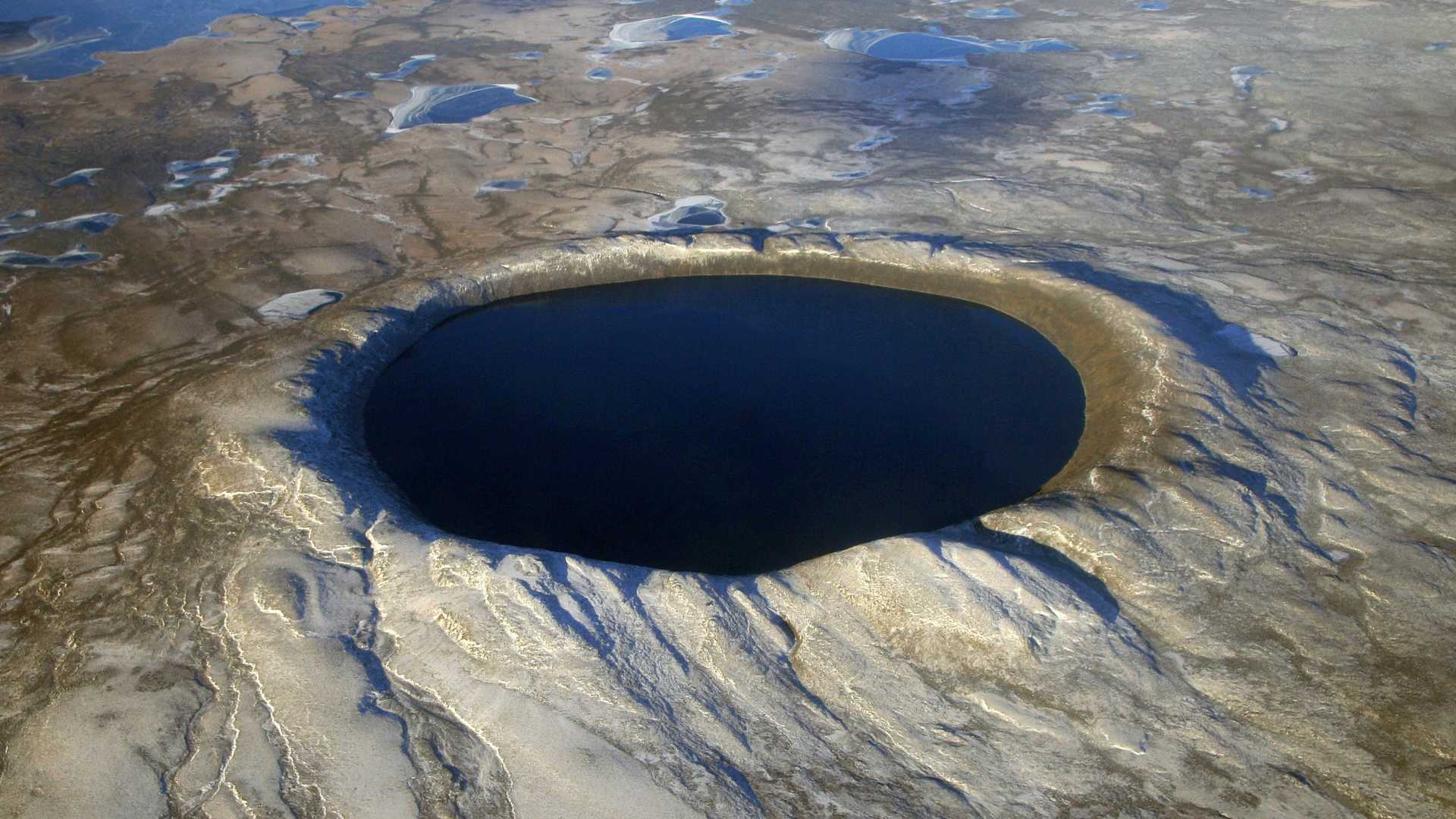
This crater was first discovered by a United States Air Force plane and is thought to have formed around 11,700 years ago.
The crater eventually became part of a National Park in Canada and is considered to be a relatively young crater given the typical timescale of crater formations on the Earth.
Young Impact Crater
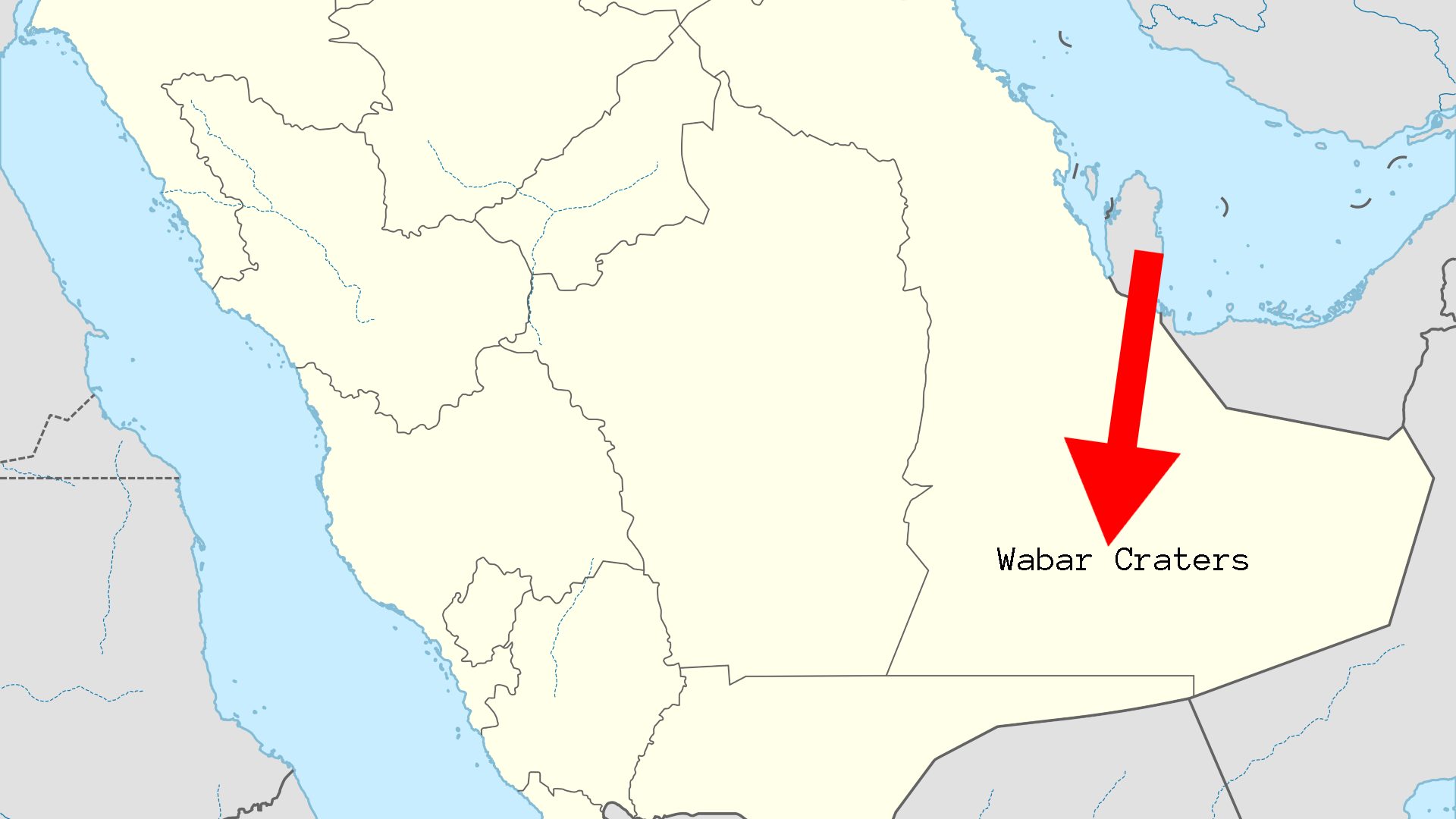
Possibly the youngest confirmed impact crater discovered so far is a series of craters known as the Wabar craters found in Saudia Arabia.
A research study on the age of these craters from 2004 suggests that they may be 250 years old or younger.
Oldest Crater

Scientists consider the Yarrabubba impact crater, which is thought to be over 2 billion years old, to be the oldest known impact crater on Earth.
The crater is thought to have formed when the Earth was a ball of ice. Researchers speculate that the Earth has been completely covered in ice at least three times throughout its history.
Still Finding New Impact Craters
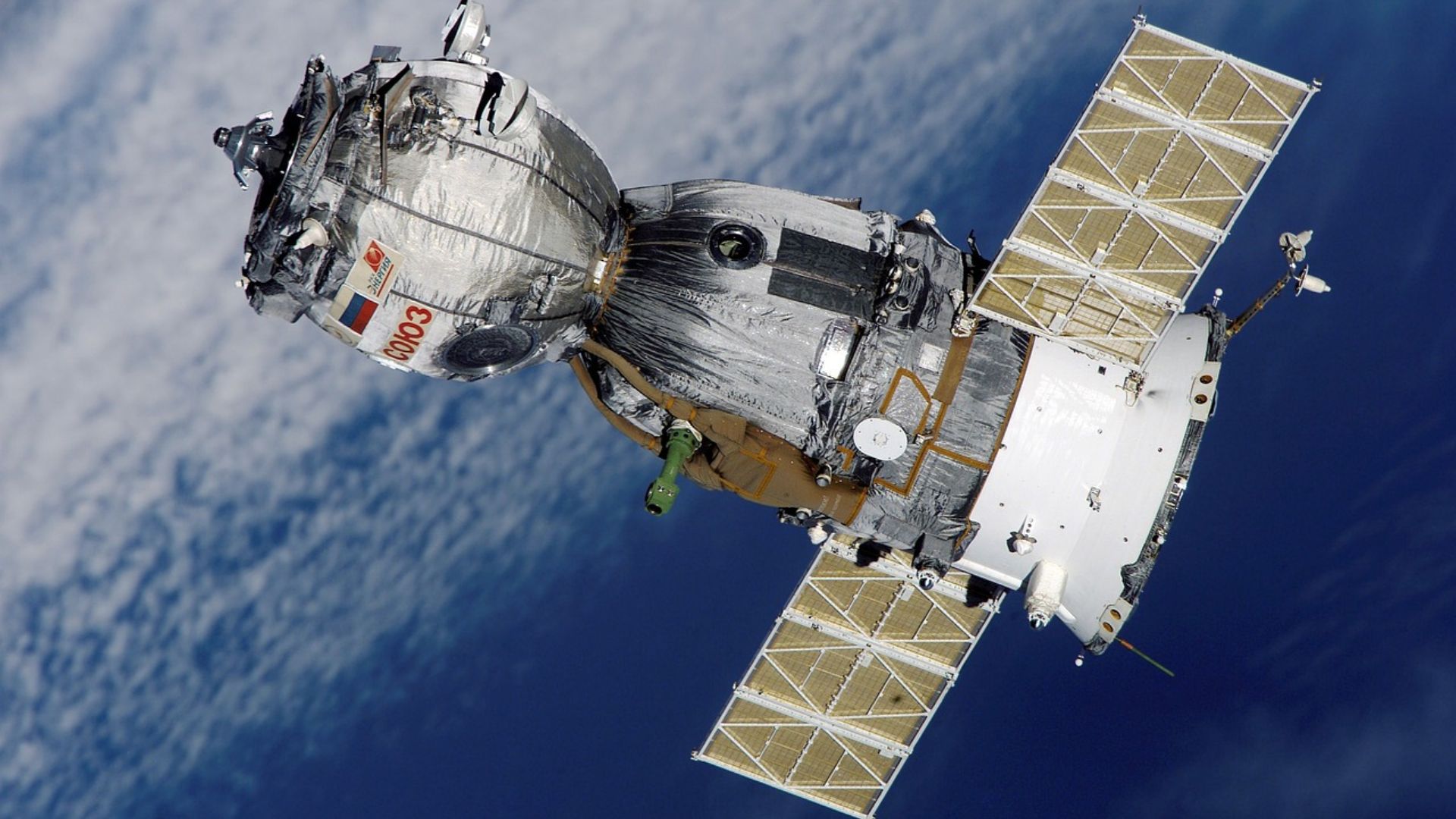
While impact craters themselves don’t form very often, scientists are still discovering evidence of ones from the past.
Since the invention of aerial travel and satellites, many impact craters on the surface have been identified but researchers continue to find evidence of ones buried underground.
Recent Discovery
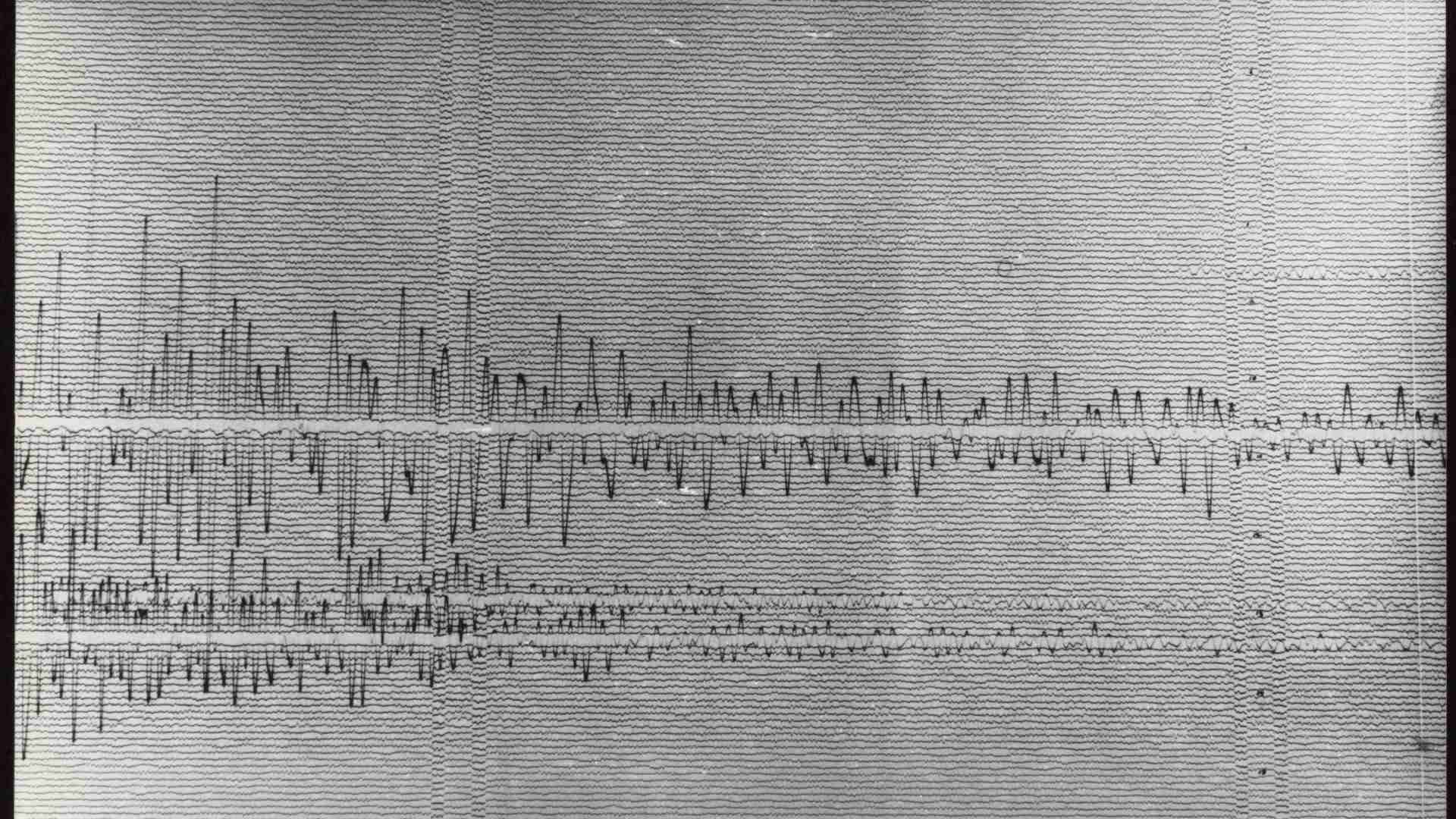
In 2022 a researcher discovered an impact crater by accident while examining seismic survey data.
“While interpreting the data, I (came) across this very unusual crater-like feature, unlike anything I had ever seen before,” said Uisdean Nicholson, assistant professor at Heriot-Watt University in Edinburgh.
How Do Craters Impact the Environment?

Scientists have attempted to study the effect that meteor impact sites have on global warming and found that rocks melting at impact sites release carbon dioxide into the atmosphere.
Impacts on the Earth also increase the chance of acid rain which forms from a combination of sulfur dioxide and carbon dioxide.
Organism Extinction
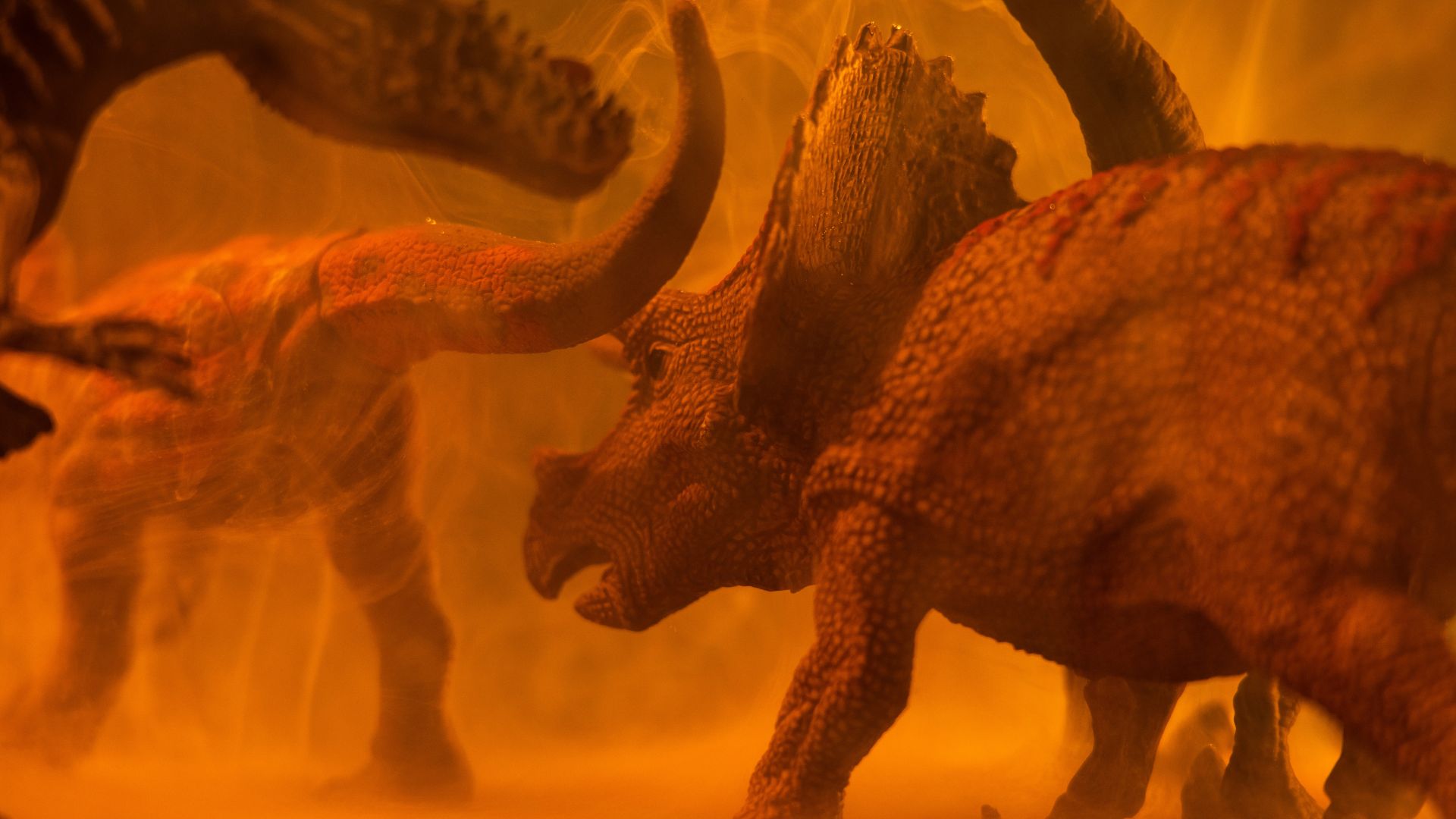
Famously, scientists have thought that large meteor impacts have led to the extinction of many species on Earth as the environments are forced to change.
A deep meteor impact 65 million years ago is thought to have been behind a mass extinction event that included many dinosaurs, birds, insects, mammals, and plants.
Chaotic Early Universe
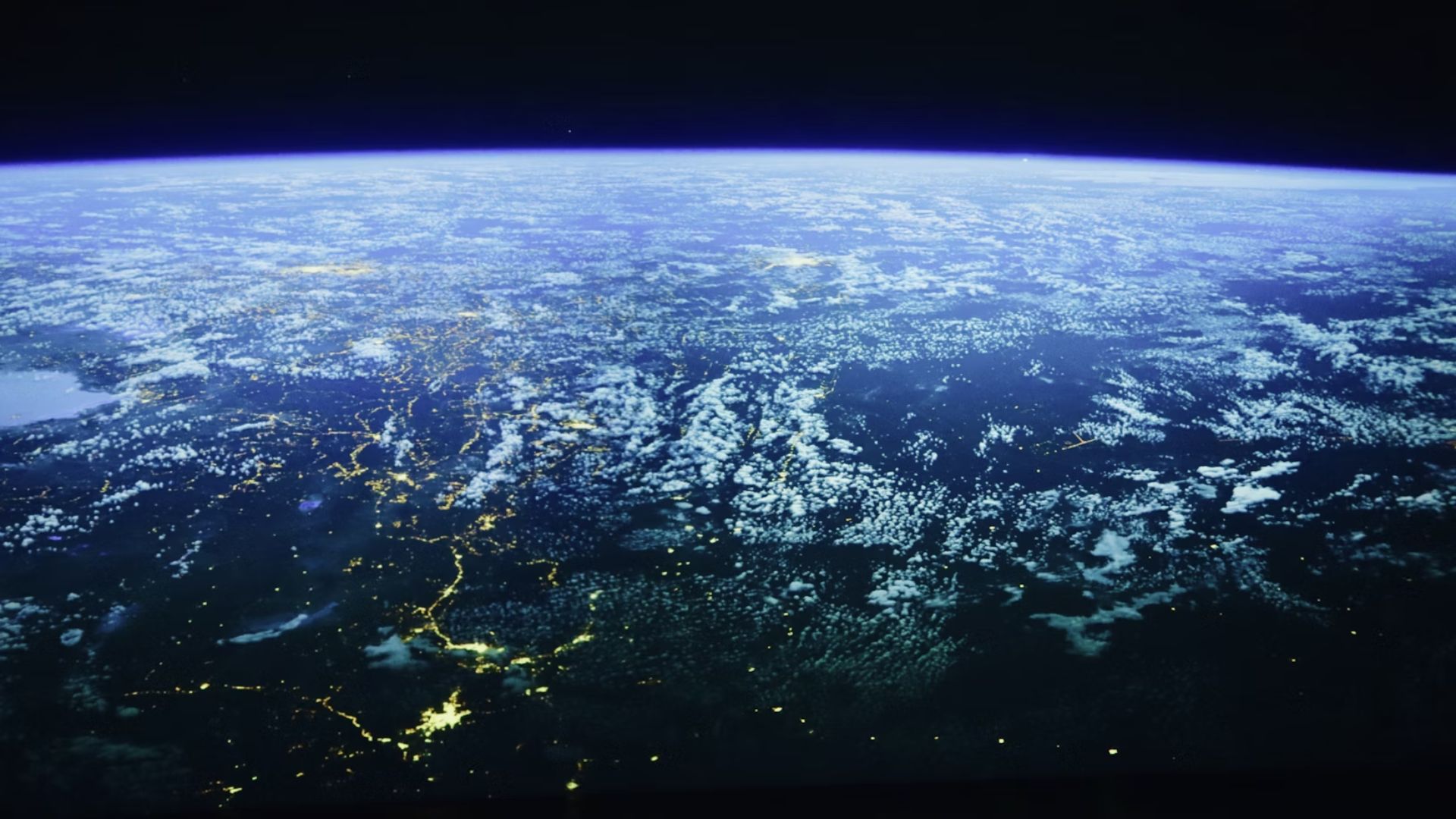
Meteor impacts were much more common in the early history of the universe. Around 4 billion years ago, the Earth was constantly pummeled by impacts of much greater frequency and size.
It is thought that the Earth’s moon is one of the oldest pieces of evidence for this bombardment, and the moon itself is thought to have originally been a piece of the Earth that has broken off.
Studying Craters
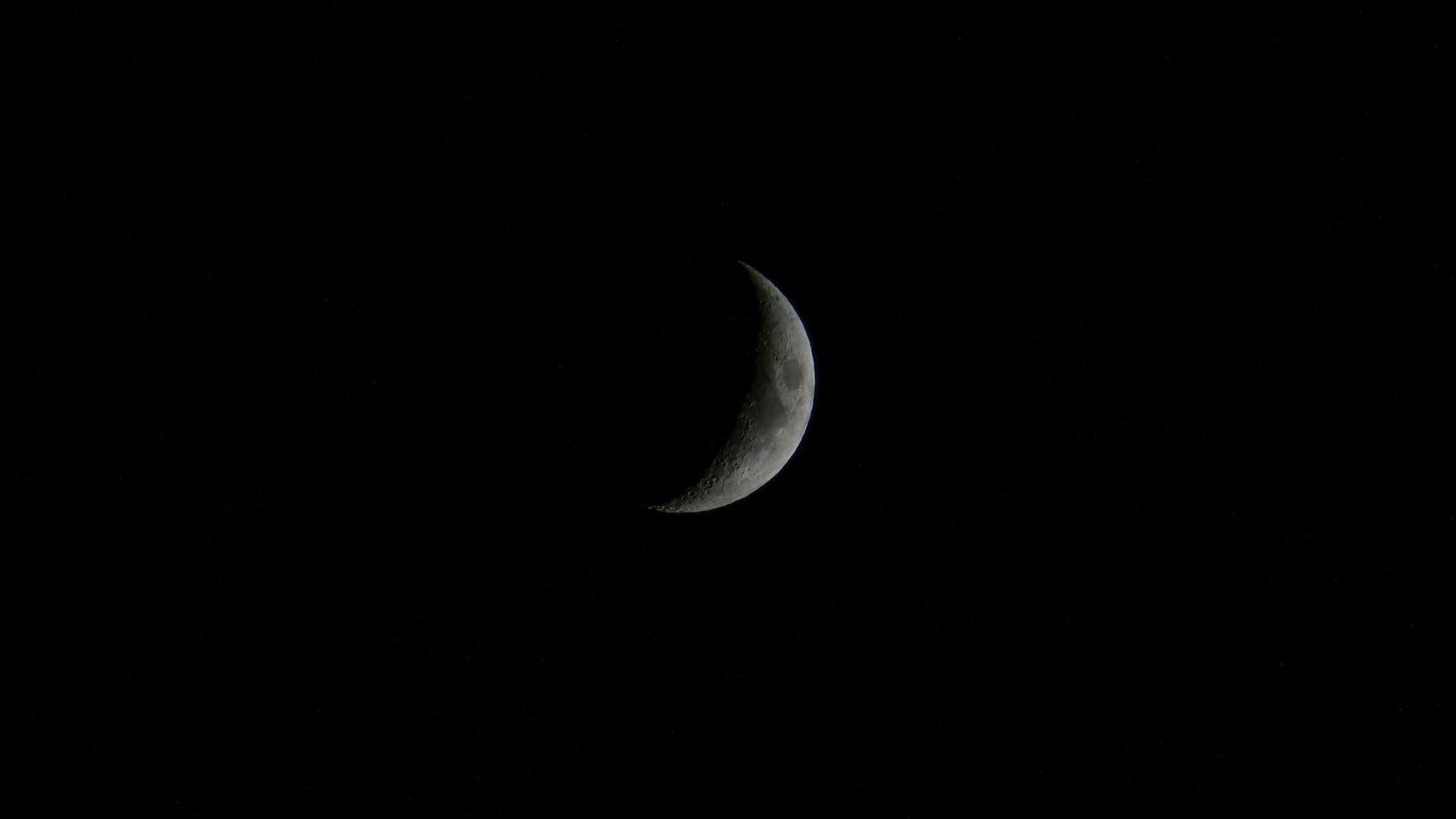
By observing and counting impact craters, researchers can learn a lot about what conditions were like in the past. An older planetary surface tends to have more clusters of craters, which is a testament to its age because it has had more time to accumulate them.
Using craters, scientists can guess the age of planets and planet-like entities in space without having to land a spacecraft and study them directly.
Importance of Study
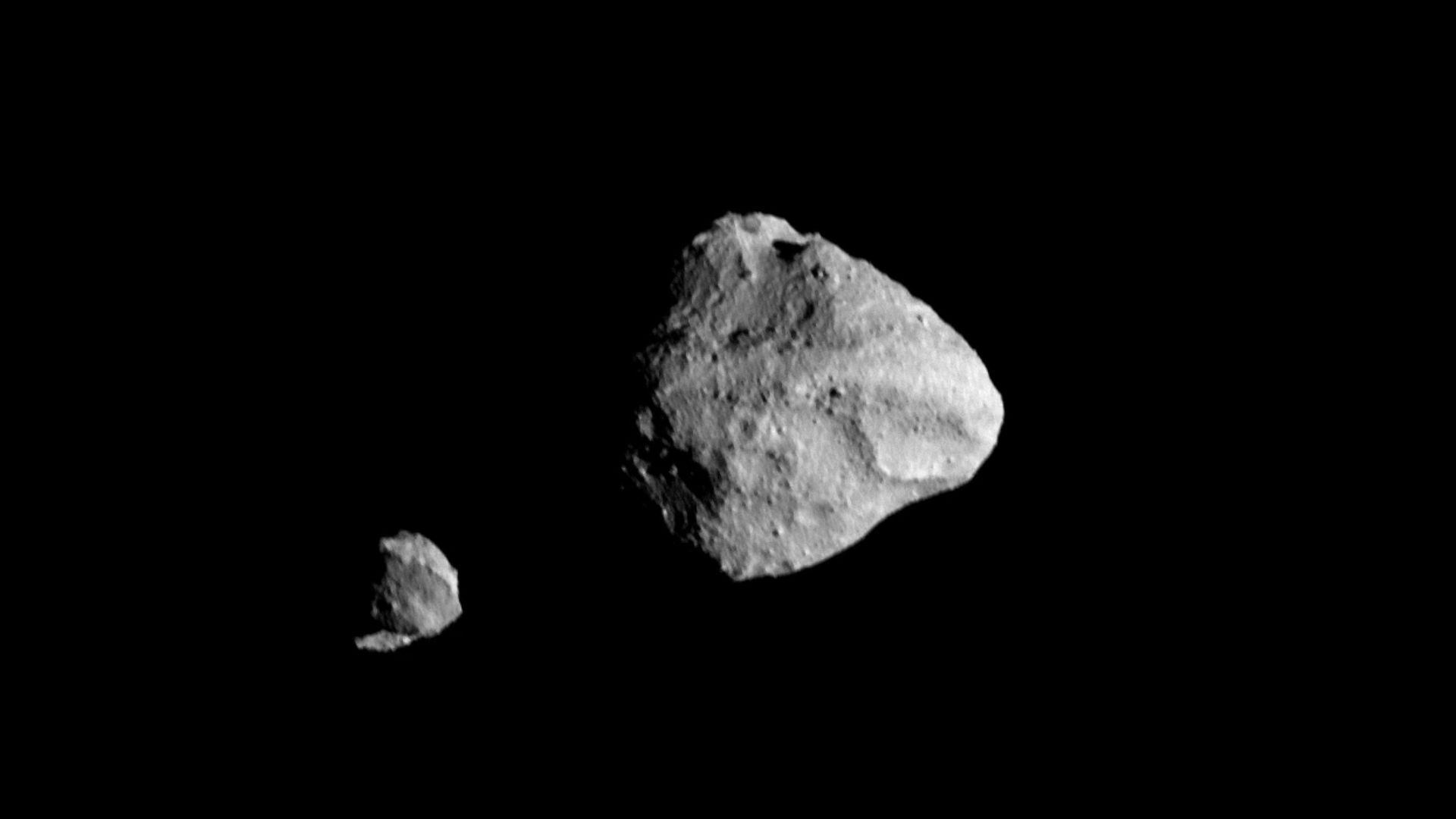
In addition to learning about the past, studying impact craters can help scientists predict future collisions that might have a devastating impact on our planet and the solar system.
At least once per year, a 4-meter asteroid will have a near-miss with the Earth, though larger meteorite strikes happen at a much slower rate.
Close Approaches

In 2022 there were 126 incidents of what astronomers would call a “close approach” where a meteor got closer to Earth than the moon is.
Scientists estimate that 95% of asteroids bigger than a kilometer have already been discovered and the remaining 5% are constantly being searched for in the sky for any threats they might pose.
Torino Scale
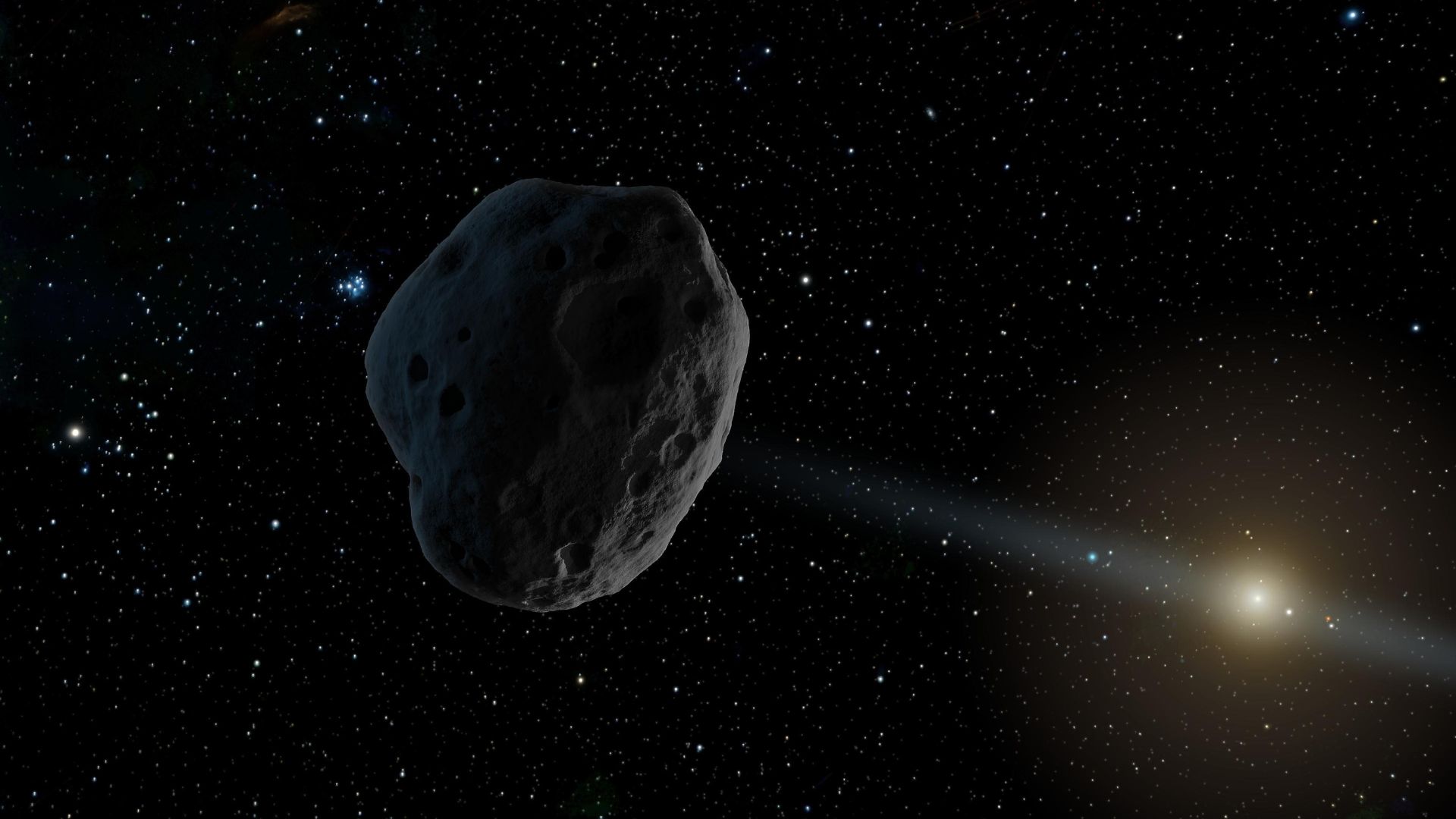
Researchers use something called the Torino Scale to categorize threats of meteors up to 100 years in the future.
The scale goes from 0 to 10, with 0 being no hazard to the Earth and 10 being a certain collision that will cause a global catastrophe. Currently, all known objects observed in the sky have a “0” rating, and the highest rating on the scale to date has been a “4.”
Impact Odds

It is estimated according to the Torino scale that a level 10 certain collision occurs every 100,000 years or so on average.
To put this time scale into perspective, the earliest human civilizations only invented writing around a little over 5,000 years ago.
How Likely Is a Big Impact Crater?

Given what researchers know about the threats of impacts, it should not be surprising that the formation of big impact craters is low.
On average, the Earth will experience the formation of a 12-mile impact crater once about every one million years.
Mysterious Holes
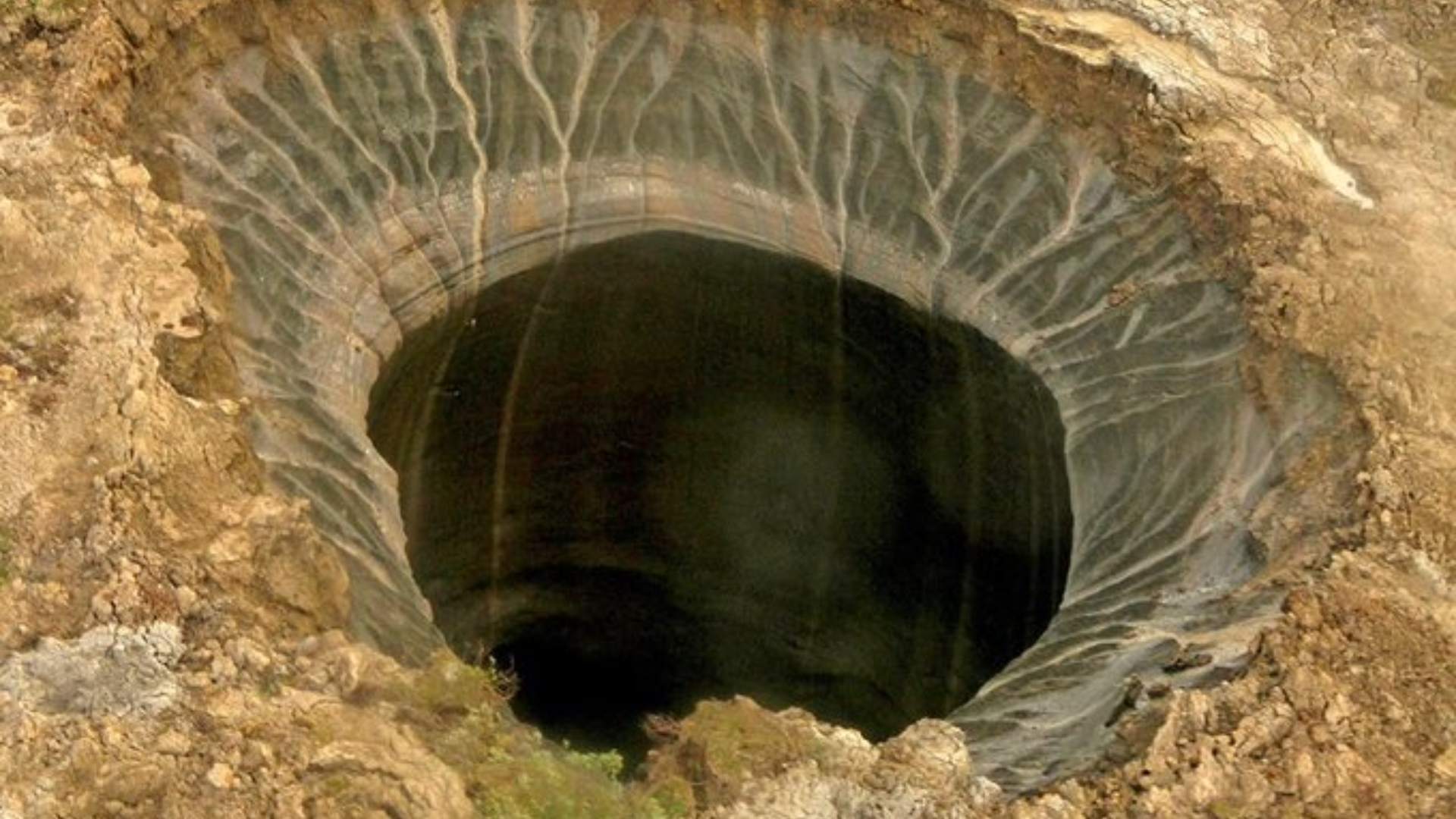
Sometimes impact craters are confused with other earth movements that are observed by researchers.
In recent years, scientists have discovered strange crater-like sites in Siberia that have led to the formation of mysterious “holes.”
Climate Change Melt

Experts have determined that the Siberian holes that were first observed in July 2014 and are related to the effects of climate change. These holes appeared suddenly over the course of days and locals reported they were quite large.
“Global warming is happening, and it’s exacerbated in the Arctic,” Carolyn Ruppel, chief of the U.S. Geological Survey’s Gas Hydrates Project, told NBC News. “And if this [the Siberian crater phenomenon] is what we think, that it’s related to permafrost thaw, It’s a very visible effect of what’s happening to the Earth.”
Never Seen Anything Like It
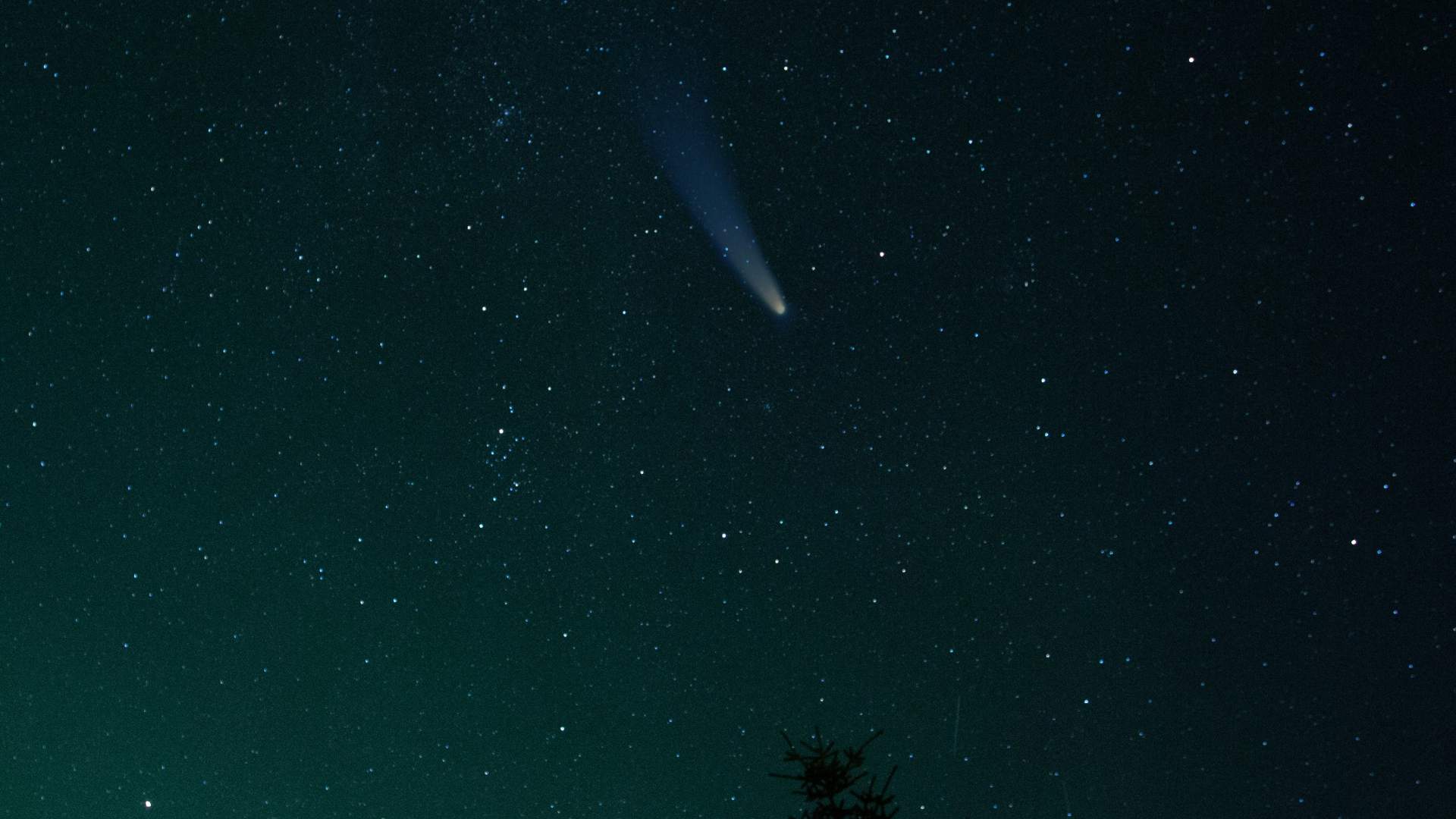
Ruppel told NBC News she had never seen anything like it and the study team blamed the unusually warm summers in 2012 and 2013.
Given the rarity of the formation of new meteor impact craters, people might get more used to seeing mysterious crater holes formed from the results of increasingly warm summers in places like the Arctic.
